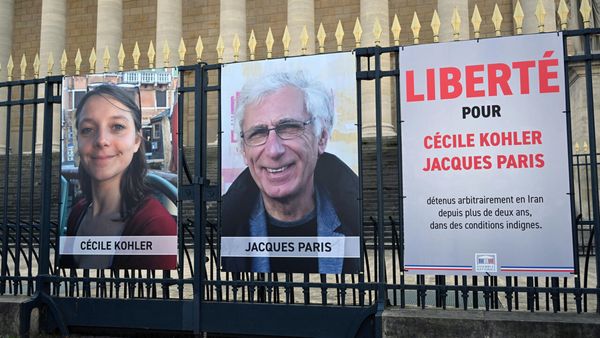Its political motivations aside, the Constitution (One Hundred and Twenty-Eighth Amendment) Bill, 2023, which promises 33% reservation for women in the Lok Sabha, and in the Legislative Assemblies of States and the National Capital Territory of Delhi, sheds the spotlight on another crucial aspect of representative democracy — the delimitation of electoral constituencies. The exercise of carving electoral constituencies and fixing their boundaries is referred to as delimitation.
Given their almost festive nature in India, elections are traditionally considered to be the primary site where democracy translates into action. Equally significant is the carving out of the boundaries of electoral constituencies, an issue that has implications for adequate representation of voters’ interests as well as the number of members from each State who find space in the Parliament.
Since the 1970s, there has been no change in the number of Lok Sabha seats. The Constitution (Forty-Second Amendment) Act, 1976 froze the delimitation of Lok Sabha constituencies as per the Census of 1971, up to the Census which was to be conducted in 2001. However, in 2001, the day of reckoning was pushed further to 2026. This was done through an amendment to Article 82 by the Constitution (Eighty-Fourth Amendment) Act. While the boundaries of electoral constituencies were redrawn in 2002, there was no change in the number of seats in the Lok Sabha. Only after 2026 will we consider changing the number of seats in the Lok Sabha. Strictly speaking, the relevant numbers as to population (and its distribution) are expected to come from the 2031 Census, which will be the first census after 2026.
Delimitation as of now
Article 81 of the Constitution says that each State gets seats in the Lok Sabha in proportion to its population. The freeze on delimitation effected in 1976 was to allay the concerns of States which took a lead in population control and which were faced with the prospect of reduction of their number of seats in the Lok Sabha. The practical consequences, however, of the 1976 freeze is that the allocation done on the basis of the 1971 Census continues to hold good for the present population figures. India’s population has, of course, increased significantly since then. Using figures from 1971 to represent today’s population runs contrary to the grain of the Constitution besides obviously distorting what representative democracy stands for.
The exercise of delimitation also implicates the constitutional values of federalism and representation of States as consolidated units. In the preceding decades, the population of the north has increased at a faster pace as compared with the south. In practical terms, this means that MPs in States in north India represent more voters than MPs in the south. Given this context, the question of delimitation necessarily has serious implications for both the individual voter as well as the States. The southern States run the risk of losing some of their seats in Parliament once the delimitation exercise is completed based on current population figures.
Delimitation in the near future
The new Parliament building appears ready to house over 800 MPs in the Lok Sabha. How these MPs will be spread out across India’s electoral constituencies, and how many people each MP will represent, are questions that beg urgent answers. The freeze in 1976 was necessitated by States’ apprehensions embedded in the consequences of their population control measures and widely differing fertility rates. Such concerns hold good even today.
The delimitation of constituencies will need answers to certain vexed questions. The first question might seem more logistical than anything else, where should the population figures come from to inform the exercise of delimitation? The 2021 Census was pushed courtesy of the COVID-19 pandemic, and the Union Home Minister has indicated that the next Census and subsequent delimitation will be conducted after the 2024 Lok Sabha polls. Interestingly, if the next Census were to be actually conducted in 2031 (which is when it is due), the population figures from 1971 would have informed the distribution of seats in the Lok Sabha for more than half a century. Let us also not forget that upon completion of the Census and the redrawing of electoral boundaries, the change in the numerical composition of the Lok Sabha will have to be reflected in the Constitution through an amendment.
Even more vexed are the qualitative concerns that will determine how boundaries of electoral constituencies will be redrawn. If done entirely in terms of proportion of population, the redrawing of constituencies would yield more seats to States in the north, given their higher population. Besides concerns around representation, this will also lead to distrust on the part of States in the south.
The recently concluded delimitation in Assam, ahead of the 2024 Assembly elections, witnessed widespread concerns around how altering the boundaries of certain districts and renaming certain constituencies can have a potentially acute impact on the representation of specific communities. That is all the indication needed to start a robust conversation around delimitation sooner than later, so that lifting of the freeze on allocation of Lok Sabha seats does not have to be pushed ahead further. That will be a stop-gap solution to an imminent concern, one that cannot be wished away.
Ritwika Sharma is a Senior Resident Fellow at the Vidhi Centre for Legal Policy and team lead, Charkha, Vidhi’s constitutional law centre







